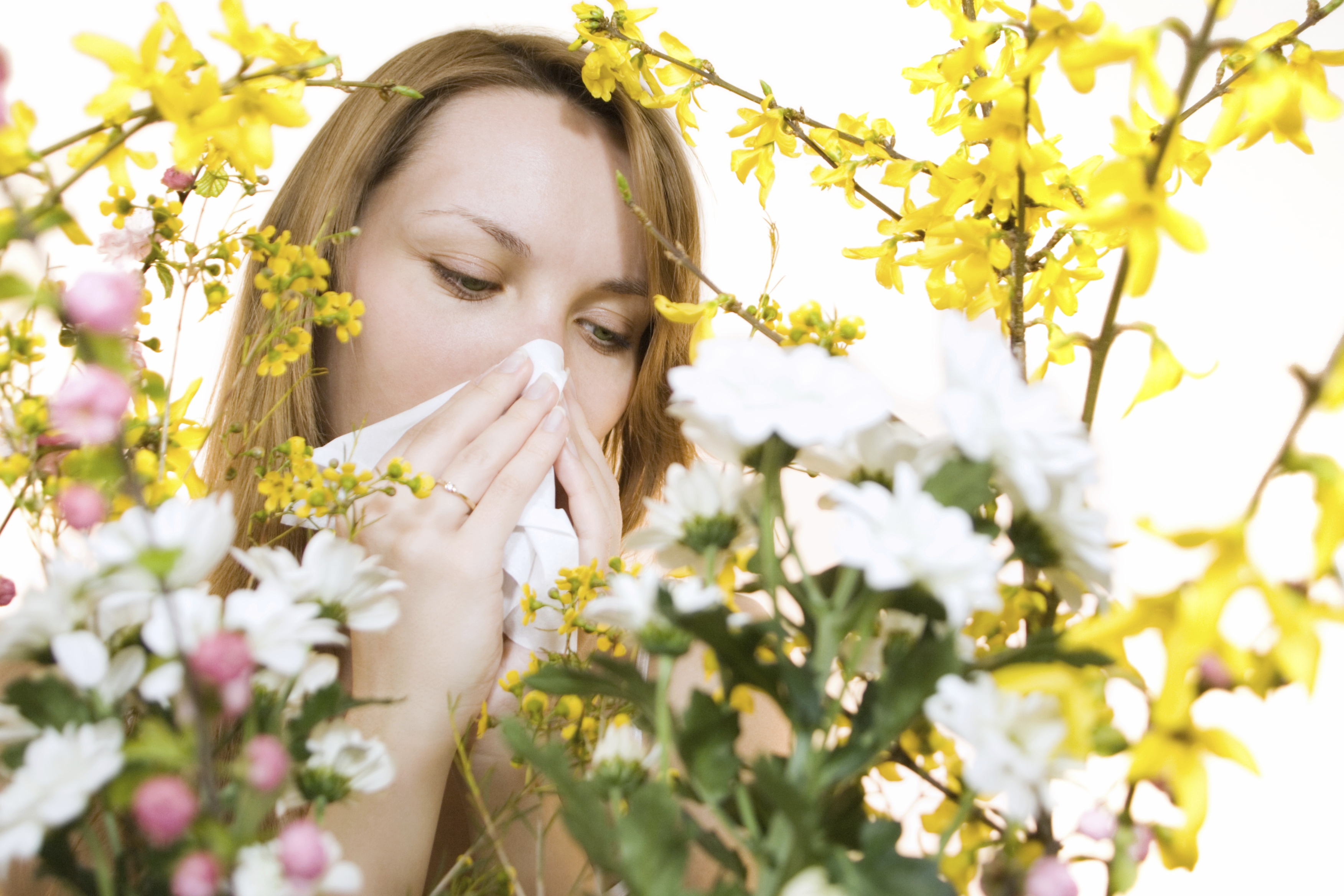How To Make Your Garden Allergy-Friendly

Although it is always advisable to spend more time in the nature in order to strengthen the immune system, there are a lot of people who suffer from allergies and have to be careful in the open air in the period from May to July. Then, in fact, the largest amount of pollen spreads. Because you can not control the environment in the parks, the only way out is to arrange your garden so that you can spend more time in it.
These seven key advice will help you to do your garden a place in which even people suffering from allergies will be able to spend pleasant moments.
1. Avoid plants that are pollinated by the wind
Pollen from these plants is small, lightweight and easily inhaled. Many tree species in our country, such as birch, walnut, oak, maple … belong to this group and produce clouds of pollen at the beginning of the summer. It is advisable that you grow in the garden those plants that are pollinated by insects, because their pollen weight is slightly bigger. Here you will find trees with attractive flowers, such as different varieties of apples, dogwood and various fruits. Unfortunately, you will have to give up most of flowers with a heady scent such as jasmine and lily, because their stamens are very prominent and provoke attacks in asthmatics.
2. Relieve the pitch
Lawns are another source of pollen, since grasses belong to the group of plants pollinated by the wind. If instead you choose lawn of gravel or concrete as a landscape element, you will have another benefit – save time required to cut grass. You can opt for plants with loose structures like gaura or verbena that resemble grass. If you are not ready to give up the lawn quite yet, try not to touch the grass to avoid a severe allergic reaction.
3. Cover the ground
If you suffer from allergies it is certain that weeding weed is not the job for you. Every moment you spend stoop so that your nose and mouth are close to the ground provokes allergy attack. If there is no one who can take care of the weeds in the garden for you, multiply the ground covers such as geraniums, lady’s mantle or pachysandra.
4. Avoid fountains that sprayed
If you think that the using water features is safe in the garden, however, it is wrong. In addition to the fountain that spray water, airflow will pick up pollen from the ground and spread it. Rather choose water features – fountains, sculptures and so on – where water is slowly leaking through some areas.
5. Reduce the mold
Mold develops in humid places and rotting trees and mold spores can often be allergens. It is advisable not to buy compost as well as not to produce it on your own in the garden – as hard as it is to give up this fertilizer. If you can choose, using gravel instead of mulch. Regularly remove dead leaves.
6. Work in the garden early in the morning
During warm, sunny morning, currents carry pollen high into the air. As the temperature drops, and grains of pollen again fall to the ground and therefore their concentration is highest during chilly evenings. You should therefore avoid gardening in this time of day.
7. Do not let pollen enter the house
It may sound as exaggerated pedantry, but it really is important that when outside you wear a hat or cap and to change clothes when you come into the house.. Also, do not grow plants too close to the window, because the wind will bring pollen inside.


